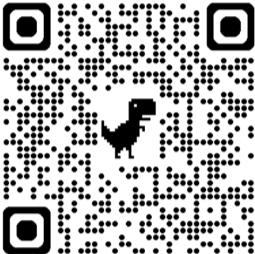Aphasia
Part of Brain Game project
Create multiple-choice games on Wisc-Online and play them on our Chakalaka mobile app!
But that's not all! Explore educational games created by others. Simply search by category or enter agame code number and dive into a world of learning and fun.
Download the Chakalaka mobile app here:

Topics of this game:
- Anterior lesion, nonfluent output (agrammatism), AKA Broca's Aphasia, telegraphic speech, good comprehension (not intact)
- Posterior lesion, walking wounded, output if fluent (empty), AKA Wernicke's Aphasia, significant aud. comp. impairment, paraphrasic speech, neologisms
- Both portions of the lang. center are impacted by stroke, all lang. modalities of lang. are severely reduced, may be nonverbal, poor prognosis
- Lesion is in the arcuate fasciulus; the subcortical connection b/w Broca's and Wernicke's area, can't repeat, fluent, paraphrasic errors
- This aphasia is like Receptive Aphasia, but they CAN repeat
- This aphasia is like Expressive Aphasia, but they CAN repeat
- Naming or word finding problems
- Verbal or semantic, literal or phonemic and neologistic
- Patients may laugh or cry inappropriately
- Patients may get "stuck" on a particular response, and keep using it over and over again
- The ability to process verbal material in the auditory channel; receptive identification
- The ability to convey info. verbally; automatic sequences; confrontation naming; Responsive Naming + Divergent Naming
- The ability to process info. presented in the graphic modality
- The ability to generate info. using the graphic modality
- Provide a carrier phrase that the patient/client can complete
- Provide the beginning of the word; the first 1-3 phonemes
- Provide a gesture along with the presentation of the object/picture
- May speak very rapidly, interrupting others, going on and on...
- Semantic; consist of words usually of related meanings: knife for fork; car for truck
- Phonemic; consist of made up but sim. sounding syllables w/more than half the utterance correct. Easy to recognize the target
- Less than half of the utterance is correct (bot for fork). Can be hard to recognize the target. Sometimes the neologisms are used consistently
- An aphasia assessment must examine all lang. modalities; Auditory comp., verbal expression, reading comp. and written/graphic expressions
- May be able to carry on normal convo. in many comm. settings; may have trouble understanding lang when complex or long; anomia
- May understand almost nothing of what is said to them; say little or nothing; yes or no responses; hi or thanks
- Able to communicate some info verbally but may need extra time; output not flawless
- The approach here is that the patient will have to learn how to live life with his language problem; compensate for the aphasia
- Restorative; practice the skills that the patient cannot do; provide cues to help them achieve success; fade cues as pt does better with lang. task
User comments are currently unavailable. We apologize for the inconvenience and are working to restore this feature as soon as possible.

